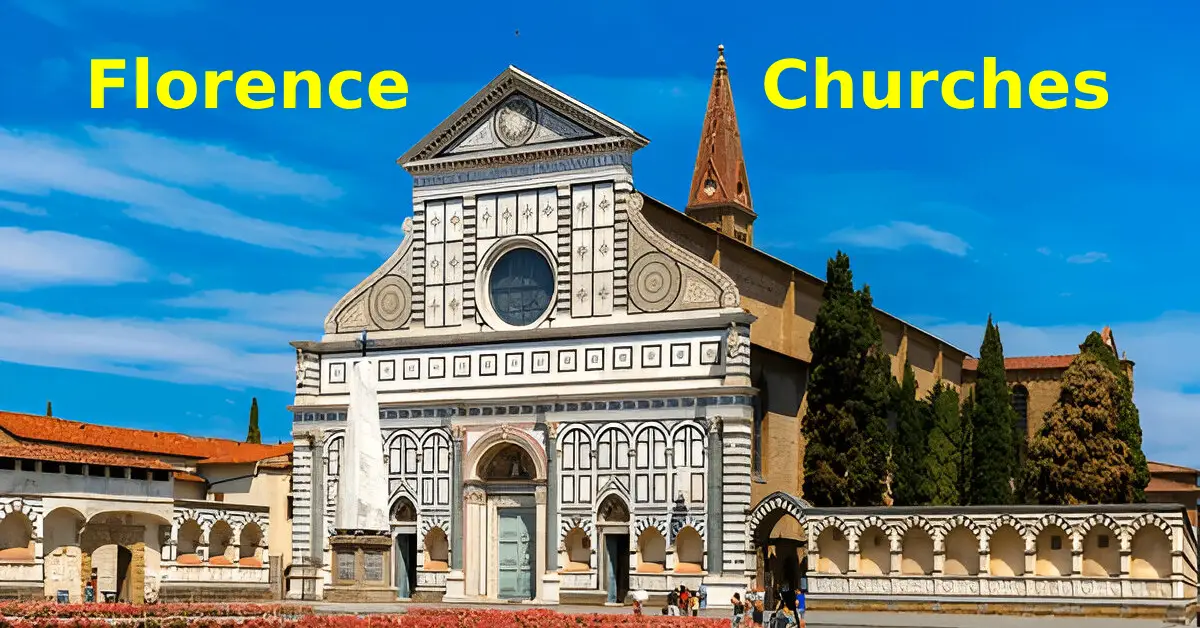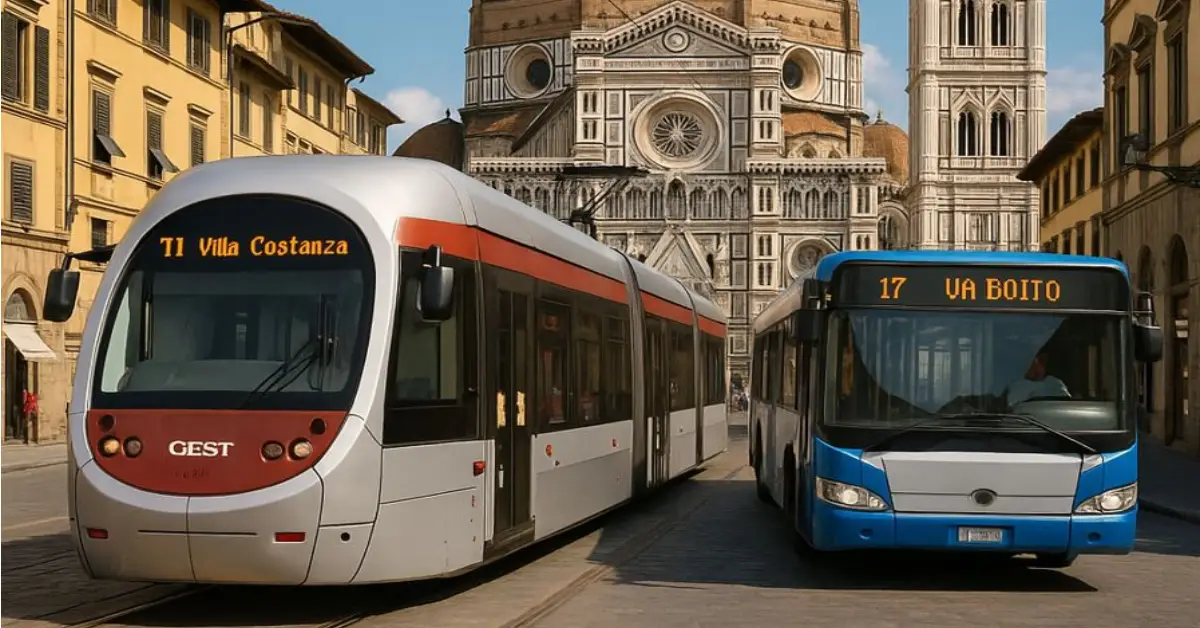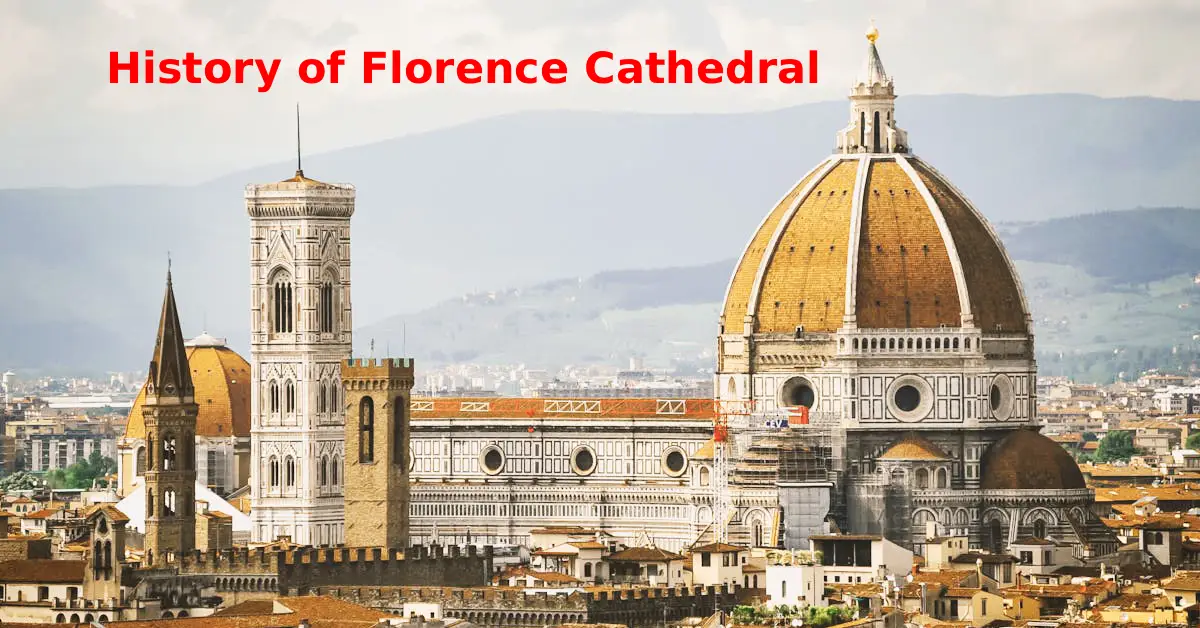The Catholic churches in Florence showcase an extraordinary range of architectural styles, from Gothic masterpieces to Renaissance innovations. Among the most famous churches in Florence, visitors will discover sacred spaces that house works by legendary masters including Giotto, Brunelleschi, Michelangelo, and Fra Angelico. These important churches in Florence, Italy offer not only spiritual significance but also serve as magnificent galleries displaying some of the world’s most treasured religious artworks.
The beautiful Florence churches featured in this comprehensive guide represent the top visited churches in Florence, each offering unique architectural features, historical significance, and artistic treasures. From the iconic domed church in Florence to intimate chapels hidden throughout the historic center, these sacred spaces tell the story of Florence’s evolution from medieval commune to Renaissance capital. Whether you’re seeking the oldest churches in Florence or the most spectacular examples of Renaissance architecture in Florence, this guide covers the essential religious sites that define the city’s spiritual and cultural landscape.
What are the most famous churches in Florence?
The 30 most famous churches in Florence are mentioned below.
- Santa Maria del Fiore (Duomo / Cathedral of Florence)
- Santa Maria Novella
- Santa Croce
- San Lorenzo
- San Miniato al Monte
- Santa Maria del Carmine
- Santo Spirito (Basilica di Santo Spirito)
- Santa Trinita (Basilica di Santa Trinita)
- Santissima Annunziata (Basilica della Santissima Annunziata)
- Santa Maria Maggiore
- Santa Felicita (Church of Santa Felicita)
- Badia Fiorentina
- Santi Apostoli (Chiesa dei Santi Apostoli)
- Santa Margherita dei Cerchi (Chiesa di Santa Margherita dei Cerchi)
- Santa Maria dei Ricci (Chiesa di Santa Maria dei Ricci)
- San Martino del Vescovo
- San Salvatore al Monte (Chiesa San Salvatore al Monte)
- San Filippo Neri (Chiesa di San Filippo Neri)
- Chiesa Russa Ortodossa della Natività
- Chiesa di San Carlo dei Lombardi
- San Jacopo Soprarno (Chiesa di San Jacopo Soprarno)
- San Michele Visdomini (Chiesa di San Michele Visdomini)
- San Marco (Basilica di San Marco / Church of San Marco)
- Sant’Ambrogio (Chiesa di Sant’Ambrogio)
- Church and Museum of Orsanmichele
- Cappelle Medicee (Medici Chapels)
- Crypt of Santa Reparata
- Cappella Rucellai
- Cappella dei Magi
- St. James’ Episcopal Church
1. Santa Maria del Fiore (Duomo / Cathedral of Florence)
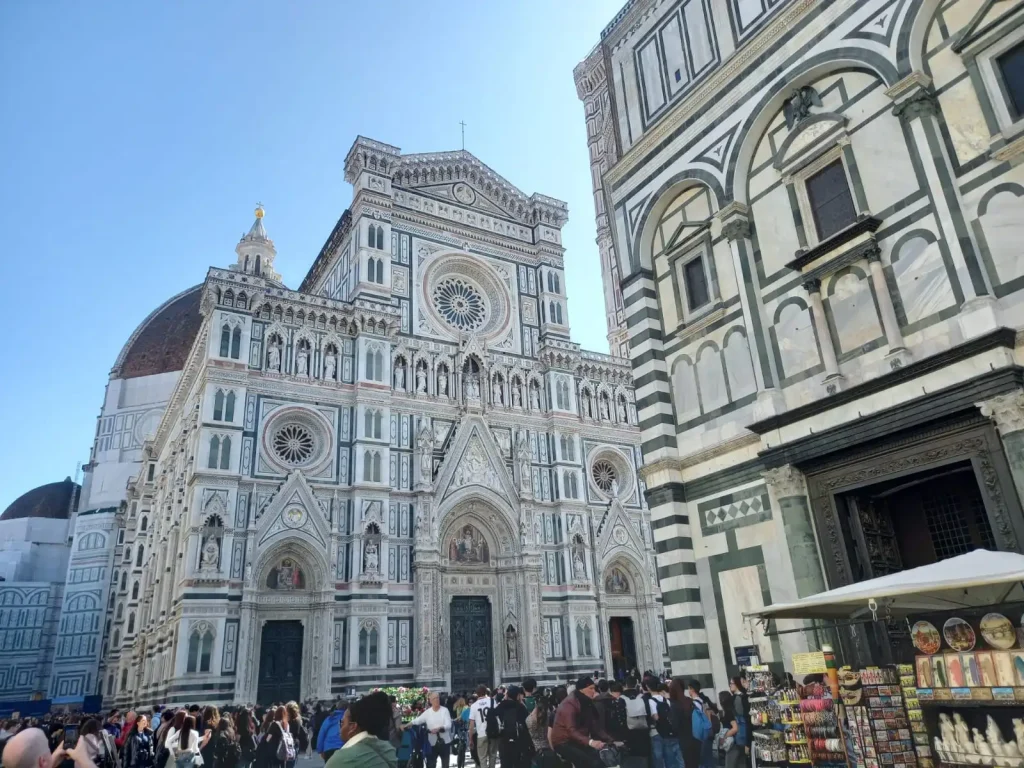
- Address: Piazza del Duomo, 50122 Florence, Italy
- Date of Construction: 1296-1436 (begun by Arnolfo di Cambio, completed with Brunelleschi’s dome)
- Architectural Style: Italian Gothic with Renaissance elements
- Architect/Designer: Arnolfo di Cambio (initial design), Filippo Brunelleschi (dome), Francesco Talenti (facade modifications)
Santa Maria del Fiore stands as the most famous church in Florence and one of the largest churches in the world. Santa Maria del Fiore is one of the largest churches in the world. The plan consists of a triple-nave basilica with the presbytery area nested within, dominated by the large octagon of the immense dome, around which are three radial apses (or “tribunes”), each consisting of five chapels.
This Florentine cathedral is one of the largest churches in Christianity with its 160 m in length, 43 m wide and 90 m in the transverse nave. This magnificent cathedral represents the pinnacle of Gothic architecture in Florence while incorporating Renaissance innovations that revolutionized church design.
The cathedral named in honor of Santa Maria del Fiore is a vast Gothic structure built on the site of the 7th century church of Santa Reparata, the remains of which can be seen in the crypt. The cathedral symbolizes Florence’s wealth and power during the medieval period and Renaissance. The entry to Duomo cathedram is free, however, you’ll need to book ticket to climb dome, bell tower, and museum
2. Santa Maria Novella
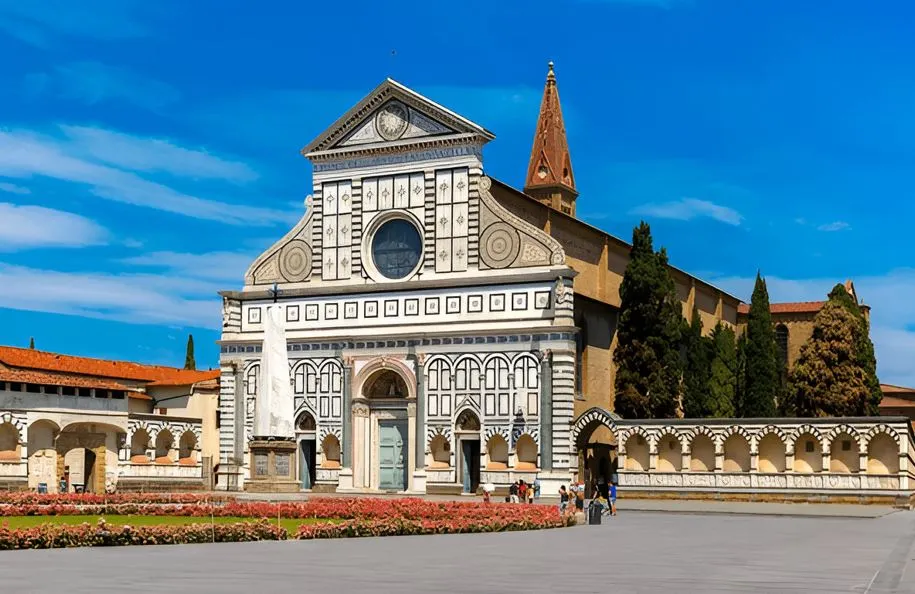
- Address: Piazza di Santa Maria Novella, 21, 50123 Florence, Italy
- Date of Construction: 1246–1360
- Architectural Style: Italian Gothic with Renaissance facade elements
- Architect/Designer: Fra Jacopo Talenti, Leon Battista Alberti (facade)
Santa Maria Novella ranks among the most beautiful Florence churches and represents one of the finest examples of Italian Gothic architecture. This convent and basilica complex served as the principal Dominican church in Florence and houses some of the most significant frescoes in Renaissance art history. The church’s striking facade and remarkable interior artworks make it one of the most important churches in Florence, Italy.
3. Santa Croce
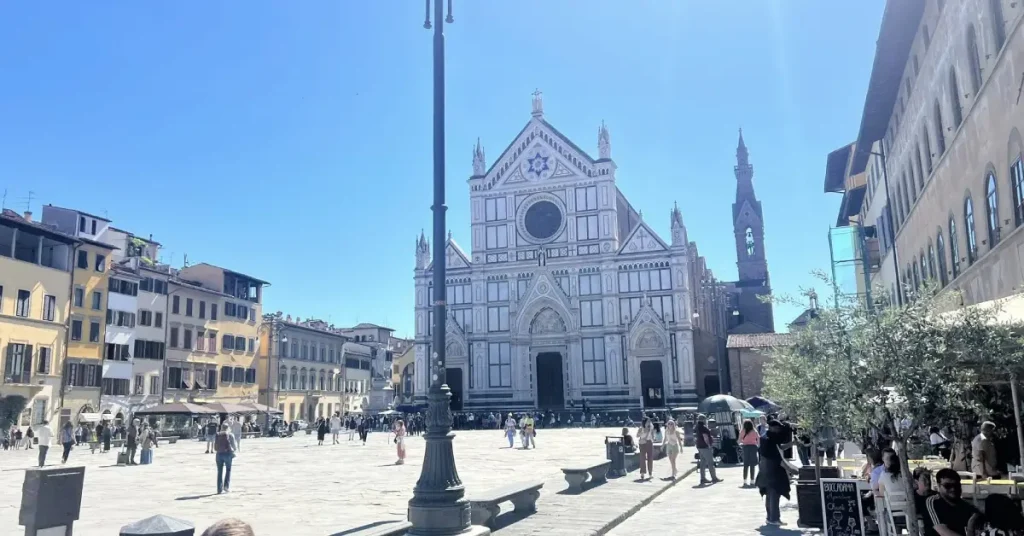
- Address: Piazza di Santa Croce, 16, 50122 Florence, Italy
- Date of Construction: 1294–1442
- Architectural Style: Italian Gothic
- Architect/Designer: Arnolfo di Cambio (attributed)
Santa Croce is the largest Franciscan church in the world and an emblem of Florence’s artistic and intellectual heritage. It houses the tombs of legendary figures such as Michelangelo, Galileo, and Machiavelli, earning its reputation as the “Pantheon of Florence.” Its elegant Gothic architecture is enhanced by Giotto’s fresco cycles and Brunelleschi’s Pazzi Chapel, making it a critical landmark in both religious and art history. Book Santa Croce tickets in advance to avoid long ques.
4. San Lorenzo
- Address: Piazza di San Lorenzo, 9, 50123 Florence, Italy
- Date of Construction: 393 AD (original), 1419–1469 (Renaissance reconstruction)
- Architectural Style: Early Renaissance
- Architect/Designer: Filippo Brunelleschi
San Lorenzo is one of Florence’s oldest churches, consecrated in 393 AD and later transformed under Medici patronage into a prime example of Renaissance architecture. The unadorned stone exterior, originally intended to be clad in marble by Michelangelo, reflects the transition from medieval austerity to humanist clarity. Inside, Brunelleschi’s symmetrical design houses Donatello’s bronze pulpits and Medici tombs sculpted by Michelangelo. Its location near the San Lorenzo Market and Medici Chapels makes it a cultural and architectural centerpiece. The church is fully accessible and a peaceful photographic alternative to more crowded sites.
5. San Miniato al Monte
- Address: Via delle Porte Sante, 34, 50125 Florence, Italy
- Date of Construction: 1013–1207
- Architectural Style: Florentine Romanesque
- Architect/Designer: Unknown medieval architects
San Miniato al Monte stands atop one of Florence’s highest hills, offering panoramic views of the city. Built on the burial site of Florence’s first Christian martyr, the church is a masterpiece of Romanesque architecture, with its distinct white and green marble facade. Inside, visitors find exquisite mosaic floors, medieval frescoes by Spinello Aretino, and an elevated choir that enhances its acoustic brilliance. The Olivetan monastery next door contributes to the tranquil, spiritual ambiance. Though access involves a steep climb, the visual reward and quiet atmosphere are unmatched in the city.
6. Santa Maria del Carmine
- Address: Piazza del Carmine, 21, 50124 Florence, Italy
- Date of Construction: 1268–1476
- Architectural Style: Gothic with Renaissance elements
- Architect/Designer: Various medieval and Renaissance architects
This Carmelite church in Florence is famed for the Brancacci Chapel, home to Masaccio and Masolino’s frescoes, which pioneered Renaissance naturalism and perspective. The church’s simple Gothic exterior hides a dramatic interior rich in baroque decoration and Filippino Lippi’s contributions. Though it sustained fire damage in the 18th century, restoration preserved its historical integrity. The chapel draws art historians and students globally. Accessible on the ground floor, the church is a serene retreat within walking distance from Palazzo Pitti and artisan workshops.
7. Santo Spirito (Basilica di Santo Spirito)
- Address: Piazza Santo Spirito, 30, 50125 Florence, Italy
- Date of Construction: 1444–1487
- Architectural Style: Renaissance
- Architect/Designer: Filippo Brunelleschi
Santo Spirito exemplifies the pure geometry and rational space of Brunelleschi’s architectural vision. Located in the vibrant Oltrarno quarter, it features a clean, unembellished facade and a luminous interior that mirrors classical symmetry. The wooden crucifix attributed to a young Michelangelo is a highlight, drawing both art lovers and pilgrims. The basilica’s central location makes it a cultural hub for local festivals and markets. It is fully accessible and offers both spiritual reflection and Renaissance architectural study in equal measure.
8. Santa Trinita (Basilica di Santa Trinita)
- Address: Piazza Santa Trinita, 1, 50123 Florence, Italy
- Date of Construction: 1092–1405
- Architectural Style: Gothic with Renaissance elements
- Architect/Designer: Neri di Fioravante
Santa Trinita marks the evolution from Romanesque to Gothic forms in Florence. Founded by the Vallombrosian order, it boasts Ghirlandaio’s frescoes in the Sassetti Chapel—masterpieces that capture Florentine life and devotion. The basilica sits at the end of Via Tornabuoni, making it a serene stop amid Florence’s luxury district. Its interior retains a quiet grandeur, complemented by Luca della Robbia’s tomb and other refined Gothic sculptures. Ground-level access and proximity to the Arno make it a convenient, enriching visit.
9. Santissima Annunziata (Basilica della Santissima Annunziata)
- Address: Piazza Santissima Annunziata, 50122 Florence, Italy
- Date of Construction: 1250–1481
- Architectural Style: Renaissance
- Architect/Designer: Michelozzo di Bartolomeo, Leon Battista Alberti
This Servite basilica is revered for its miraculous image of the Annunciation, believed to have been completed by divine intervention. Pilgrims flock here to view Andrea del Sarto’s frescoes and Pontormo’s Visitation. The Renaissance layout is both elegant and spiritually immersive, and its location anchors the symmetrical Piazza Santissima Annunziata. As one of Florence’s main pilgrimage destinations, it blends artistic grace with deep religious devotion. The church is fully accessible and close to the Archaeological Museum and the Ospedale degli Innocenti.
10. Santa Maria Maggiore
- Address: Piazza Santa Maria Maggiore, 50122 Florence, Italy
- Date of Construction: 11th century
- Architectural Style: Romanesque with Gothic modifications
- Architect/Designer: Unknown medieval architects
One of Florence’s oldest surviving churches, Santa Maria Maggiore preserves its Romanesque character with sturdy stone walls and a sober facade. Although smaller and less ornate than others, it houses important medieval frescoes and serves as a vital link to the city’s early Christian past. Located near the Duomo, it offers a quieter yet spiritually rich experience. Its compact layout ensures accessibility, and it serves as a calming historical stop amid the city’s bustling center.
11. Santa Felicita (Church of Santa Felicita)
- Address: Piazza Santa Felicita, 3, 50125 Florence, Italy
- Date of Construction: 4th century (original), rebuilt over centuries
- Architectural Style: Renaissance with earlier foundations
- Architect/Designer: Various architects through the centuries
Santa Felicita claims to be one of the oldest churches in Florence and is closely tied to the Vasari Corridor, which passes directly through it. Inside, Pontormo’s Deposition stands as a landmark of Mannerist painting, displayed in the Capponi Chapel designed by Brunelleschi. The church retains its intimate, parish feel and serves as a spiritual counterpoint to nearby monumental basilicas. It’s easily accessible and just steps away from Ponte Vecchio and Palazzo Pitti.
12. Badia Fiorentina
- Address: Via del Proconsolo, 50122 Florence, Italy
- Date of Construction: 978 AD
- Architectural Style: Medieval with Renaissance modifications
- Architect/Designer: Various medieval and Renaissance architects
Once home to Benedictine monks, the Badia Fiorentina is notable for Filippino Lippi’s dramatic Vision of St. Bernard. Its bell tower dominates the skyline near the Bargello Museum. The abbey has maintained monastic traditions for over a millennium and continues to offer sung liturgies by the Jerusalem Community. Though access is limited during services, guided tours reveal hidden frescoes and cloistered gardens. Its spiritual stillness makes it a beloved Florentine landmark.
13. Santi Apostoli (Chiesa dei Santi Apostoli)
- Address: Piazza del Limbo, 1, 50123 Florence, Italy
- Date of Construction: 11th century
- Architectural Style: Romanesque
- Architect/Designer: Unknown medieval architects
Santi Apostoli remains one of the most untouched examples of Romanesque architecture in Florence. With its simple stone nave and original columns, it evokes the austere spirituality of early Christianity. Located just off the Arno River, its unpretentious elegance and medieval serenity offer a striking contrast to the city’s more elaborate churches. A peaceful stop, it’s ideal for contemplation or architectural appreciation.
14. Santa Margherita dei Cerchi
- Address: Via Santa Margherita, 50122 Florence, Italy
- Date of Construction: 13th century
- Architectural Style: Medieval Gothic
- Architect/Designer: Unknown
Often referred to as “Dante’s Church,” Santa Margherita dei Cerchi is traditionally believed to be where the poet first saw Beatrice. It’s a humble, quiet sanctuary nestled in the historic core, with votive offerings to Beatrice still left by romantic visitors. Despite its small size, the church retains a deep literary and spiritual resonance, attracting both pilgrims and lovers of Italian literature.
15. Santa Maria dei Ricci
- Address: Via del Corso, 50122 Florence, Italy
- Date of Construction: 16th century
- Architectural Style: Renaissance
- Architect/Designer: Various Renaissance architects
This small Renaissance chapel is a hidden gem in the heart of Florence. Though modest, its symmetrical interior and acoustics make it a popular space for sacred music performances. A peaceful retreat amidst the city bustle, it stands as a reminder that Florence’s sacred beauty extends far beyond its grand basilicas.
16. San Martino del Vescovo
- Address: Piazza San Martino, 50122 Florence, Italy
- Date of Construction: 10th century (original), rebuilt over centuries
- Architectural Style: Medieval with Renaissance updates
- Architect/Designer: Various
Tucked away near the Duomo, San Martino is one of Florence’s most charming hidden churches. Though often passed by, its austere stone exterior leads into a warmly intimate interior, enriched by centuries of devotional artwork. A beacon of local faith and historical continuity, it provides a glimpse into Florence’s everyday spiritual life.
17. San Salvatore al Monte
- Address: Via del Monte alle Croci, 50125 Florence, Italy
- Date of Construction: 1499–1504
- Architectural Style: Renaissance
- Architect/Designer: Simone del Pollaiolo (Il Cronaca)
San Salvatore al Monte is perched just below San Miniato, offering equally spectacular views with fewer crowds. Built as a spiritual retreat, its Renaissance harmony and scenic location made Michelangelo call it “my beautiful San Salvatore.” The interior offers elegant simplicity, and the surrounding cypress groves enhance its contemplative aura.
18. San Filippo Neri
- Address: Via San Gallo, 50129 Florence, Italy
- Date of Construction: 1633–1714
- Architectural Style: Baroque
- Architect/Designer: Pietro da Cortona (design), Pier Francesco Silvani (completion)
Florence’s finest Baroque church, San Filippo Neri is filled with dynamic frescoes, gilded stuccos, and theatrical altars. Built during the Counter-Reformation, it was intended to reassert the grandeur of Catholic worship. Its ornate interior is a striking contrast to the city’s typically restrained Renaissance style and showcases the artistic flair of 17th-century Florence.
19. Chiesa Russa Ortodossa della Natività
- Address: Via Leone X, 8, 50129 Florence, Italy
- Date of Construction: 1901–1903
- Architectural Style: Russian Orthodox (Neo-Byzantine)
- Architect/Designer: Mikhail Preobrazhensky
This Russian Orthodox church is a unique sight in Florence, with onion domes and golden icons that stand out from the city’s Latin traditions. Built for Florence’s Russian community, it serves as a bridge between Eastern and Western Christianity and hosts liturgies rich in Byzantine tradition.
20. Chiesa di San Carlo dei Lombardi
- Address: Via San Carlo, 50122 Florence, Italy
- Date of Construction: 16th century
- Architectural Style: Renaissance
- Architect/Designer: Various Renaissance architects
Founded by the Lombard community in Florence, this modest Renaissance church reflects the role of regional communities in shaping the city’s spiritual identity. Though often overlooked, it preserves fine altarpieces and continues to serve as a neighborhood worship space.
21. San Jacopo Soprarno
- Address: Via di Santo Spirito, 50125 Florence, Italy
- Date of Construction: 12th century
- Architectural Style: Medieval with Renaissance updates
- Architect/Designer: Various
This Oltrarno parish church reflects the artisanal soul of Florence’s left bank. Blending medieval foundations with later Renaissance additions, it houses devotional works and remains an active community center. Its authentic charm and proximity to artisan studios make it a meaningful stop for culturally curious travelers.
22. San Michele Visdomini
- Address: Via de’ Servi, 50122 Florence, Italy
- Date of Construction: 1368 (rebuilt 16th century)
- Architectural Style: Renaissance
- Architect/Designer: Giovanni Battista Foggini
Tucked away behind the Duomo, this elegant Renaissance church was rebuilt after its original structure was displaced for cathedral expansion. Inside, a refined altarpiece by Domenico Puligo evokes classical restraint. Despite its central location, San Michele Visdomini remains quiet and introspective—a rare find in the heart of Florence.
23. San Marco
- Address: Piazza San Marco, 50121 Florence, Italy
- Date of Construction: 1299 (rebuilt 15th century)
- Architectural Style: Renaissance
- Architect/Designer: Michelozzo di Bartolomeo
San Marco served as both a Dominican convent and center of theological scholarship. Its cloisters and frescoed monk cells by Fra Angelico are now part of the Museo di San Marco. The church itself retains a spiritual ambiance tied to the reformer Savonarola, who lived and preached here.
24. Sant’Ambrogio
- Address: Via Giosuè Carducci, 1, 50121 Florence, Italy
- Date of Construction: 988 AD
- Architectural Style: Romanesque with Gothic updates
- Architect/Designer: Unknown
One of Florence’s oldest active churches, Sant’Ambrogio houses a eucharistic miracle shrine and richly frescoed chapels. Though understated outside, the church exudes lived-in beauty and religious depth. It remains central to neighborhood identity and daily worship.
25. Orsanmichele
- Address: Via dei Calzaiuoli, 50123 Florence, Italy
- Date of Construction: 1337 (repurposed 14th century)
- Architectural Style: Gothic
- Architect/Designer: Francesco Talenti and others
Once a granary, Orsanmichele became Florence’s guild church, and its exterior niches contain sculptures by Donatello, Ghiberti, and Verrocchio. The upper floors now host a museum, while the lower chapel remains richly decorated and atmospheric—testament to Florence’s merchant-spiritual fusion.
26. Cappelle Medicee
- Address: Piazza Madonna degli Aldobrandini, 6, 50123 Florence, Italy
- Date of Construction: 1520–1555
- Architectural Style: Renaissance
- Architect/Designer: Michelangelo (New Sacristy), Buontalenti
Attached to San Lorenzo, the Medici Chapels are lavish burial spaces for the Medici dynasty. Michelangelo’s sculptures of Dawn and Dusk adorn the tombs in the New Sacristy, embodying the height of Renaissance funerary art. Rich marble, symbolism, and political grandeur converge here.
27. Crypt of Santa Reparata
- Address: Under Florence Cathedral
- Date of Construction: 4th–7th century
- Architectural Style: Early Christian
- Architect/Designer: Unknown
Beneath the Duomo lies the Crypt of Santa Reparata, offering a rare glimpse into early Christian Florence. Mosaics, sarcophagi, and architectural remnants narrate the city’s religious birth. This subterranean space is accessible with a Duomo ticket and appeals to history buffs and spiritual explorers alike.
28. Cappella Rucellai
- Address: Via della Spada, 50123 Florence, Italy
- Date of Construction: 1467
- Architectural Style: Renaissance
- Architect/Designer: Leon Battista Alberti
Part of the Rucellai family’s private chapel inside San Pancrazio, this space houses Alberti’s Temple of the Holy Sepulchre—modeled after Jerusalem’s original. It is a key site for studying Renaissance architecture’s harmony and spiritual symbolism in miniature scale.
29. Cappella dei Magi
- Address: Palazzo Medici Riccardi, Via Cavour, 3, 50129 Florence, Italy
- Date of Construction: 1459
- Architectural Style: Renaissance
- Architect/Designer: Michelozzo di Bartolomeo
Tucked inside the Medici Palace, this intimate chapel contains Benozzo Gozzoli’s brilliant frescoes of the Journey of the Magi, blending biblical narrative with Medici propaganda. It’s a jewel of private devotion and dynastic image-making in the heart of Renaissance Florence.
30. St. James’ Episcopal Church
- Address: Via Bernardo Rucellai, 9, 50123 Florence, Italy
- Date of Construction: 1908
- Architectural Style: Neo-Gothic
- Architect/Designer: Edward Burnett Tuttle
Serving Florence’s English-speaking Anglican community, St. James’ blends Gothic revival aesthetics with an inclusive, contemporary spirit. It hosts concerts, art exhibits, and ecumenical events, reflecting Florence’s role as a global crossroads of faith and culture.
What is the most famous church in Florence?
The most famous church in Florence is undoubtedly Santa Maria del Fiore, also known as the Duomo of Florence. This architectural marvel dominates the city skyline with its massive dome, engineered by Filippo Brunelleschi, which remains the largest masonry dome ever constructed. It attracts millions of visitors annually, making it the most visited site in Florence. Beyond its architectural significance, the Duomo houses key Renaissance artworks such as The Last Judgment fresco by Giorgio Vasari and Federico Zuccari.
As the spiritual, cultural, and historical heart of Florence, the cathedral represents the pinnacle of Florentine Gothic-Renaissance fusion and is central to the city’s UNESCO World Heritage designation.
Is there any specific dress code to visit churches in Florence?
Yes, there is a specific dress code for visiting churches in Florence. As these are active places of worship, visitors are expected to dress modestly and respectfully. This typically means no sleeveless tops, short shorts, or revealing clothing.
Shoulders and knees should be covered for both men and women. The reasoning behind this code is twofold: it respects the sacred nature of the religious spaces and aligns with the customs of the Catholic Church, which many of these historical churches still serve.
Visitors who are improperly dressed may be denied entry, especially at major churches like Santa Croce, Santa Maria Novella, and the Duomo.
Which churches are free to visit in Florence, Italy?
Here’s a list of churches in Florence that offer free entry to the public:
- Santa Maria del Fiore (Cathedral/ Duomo): Visitors can enter the main cathedral freely, though access to the dome, bell tower, and crypt is paid.
- Santo Spirito: Known for Brunelleschi’s architecture and Michelangelo’s wooden crucifix, this church welcomes visitors without charge.
- Santa Maria Maggiore: One of the oldest churches in Florence, offering free access to its Romanesque interior.
- Santa Felicita: Home to Pontormo’s famous Deposition, this Oltrarno district church remains open to visitors at no cost.
- Santi Apostoli: An authentic Romanesque church offering a quiet, free alternative for those interested in early medieval architecture.
- San Martino del Vescovo: A lesser-known gem near the Duomo, with free public access and intimate spiritual ambiance.
- San Jacopo Soprarno: Located in the artisan quarter, this church is free and often overlooked by tourists.
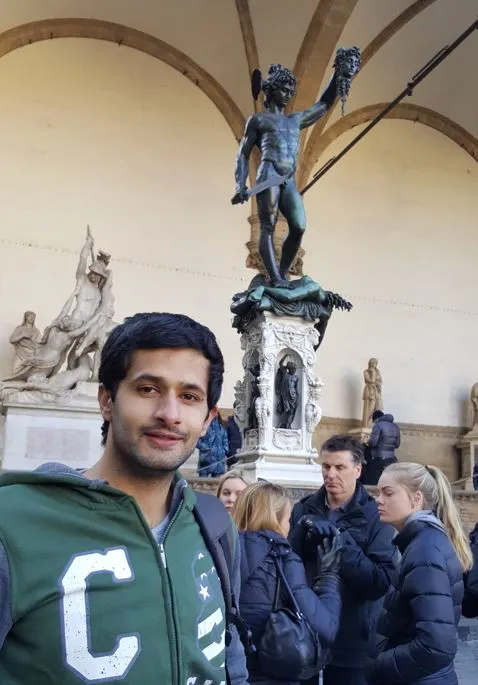
Mosaab is a seasoned content writer and SEO expert with a passion for travel, culture, and global cuisine. Drawing from his experience as a courier in Florence, he offers unique insights into the city’s hidden gems and rich history.
